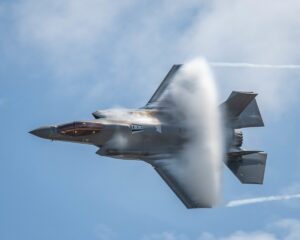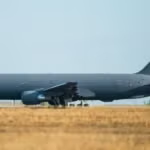
The U.S. Air Force wants to advance its classified Next Generation Air Dominance (NGAD) manned sixth generation fighter, each of which may operate with a handful of drones, Air Force Secretary Frank Kendall said on Apr. 19. The Air Force's fiscal 2023 budget requests nearly $1.7 billion for NGAD. “That program has been relativelv successful, and we’re ready to build upon it," Kendall told a National Press Club forum in Washington, D.C. NGAD stemmd from the Aerospace Innovation Initiative, kicked…













